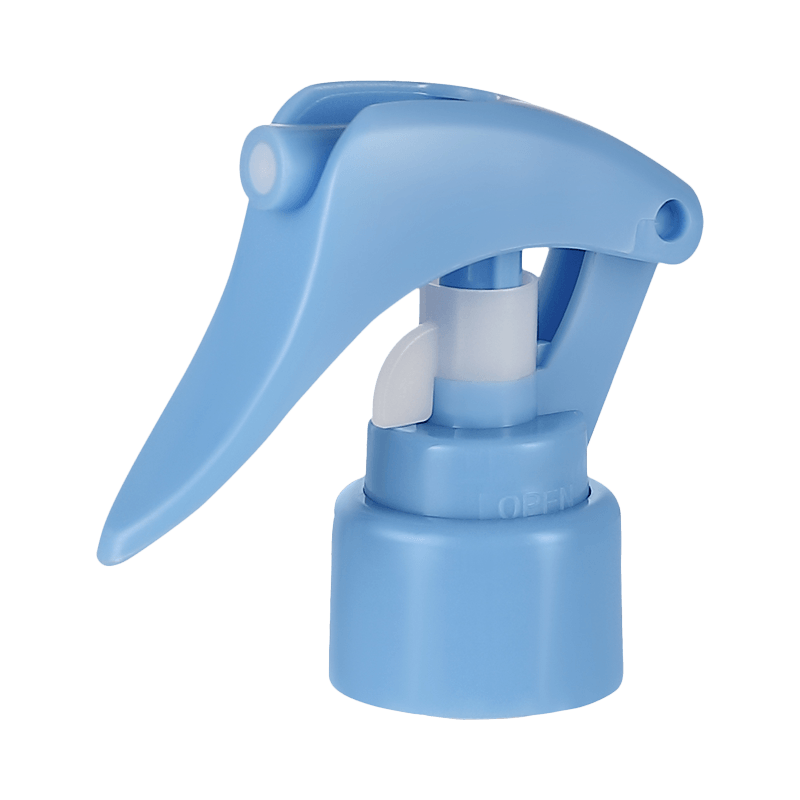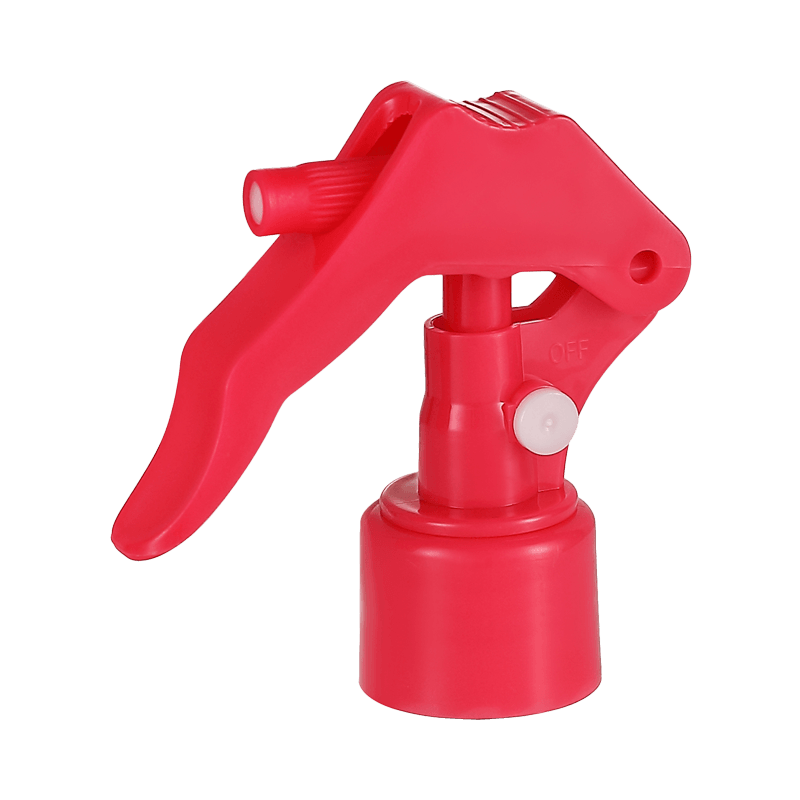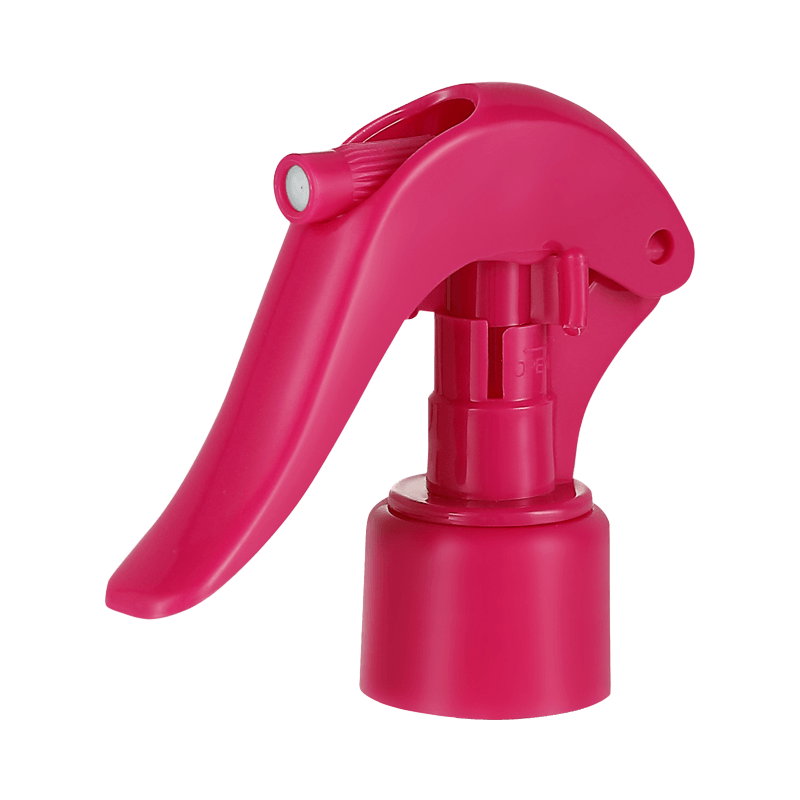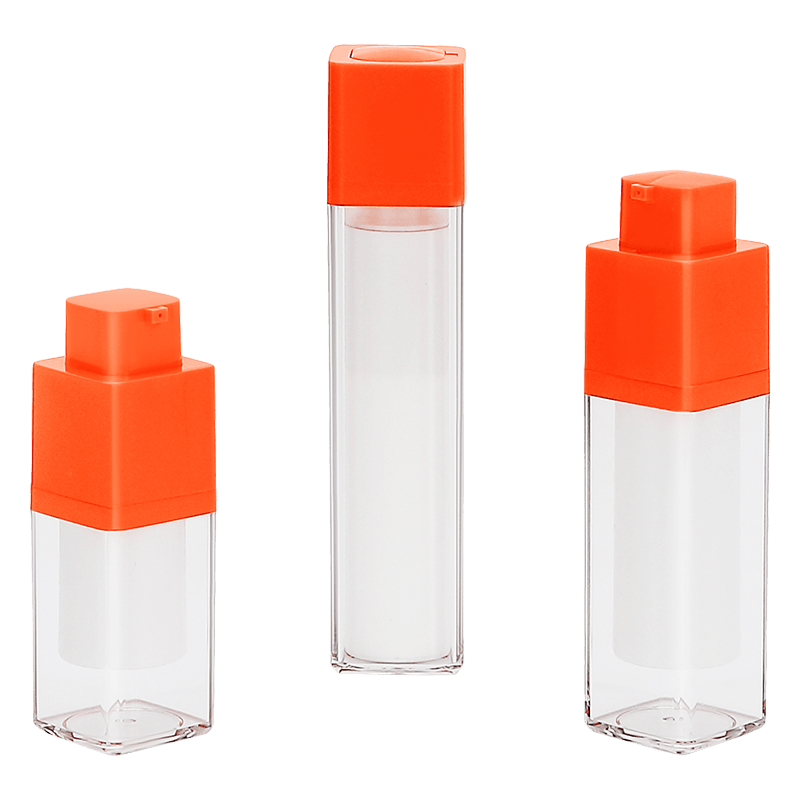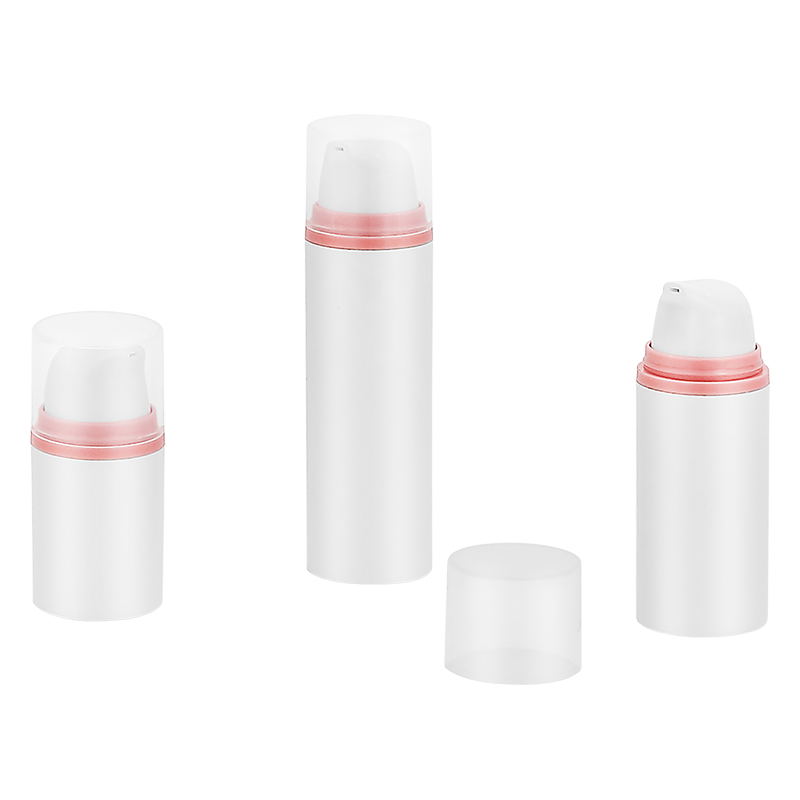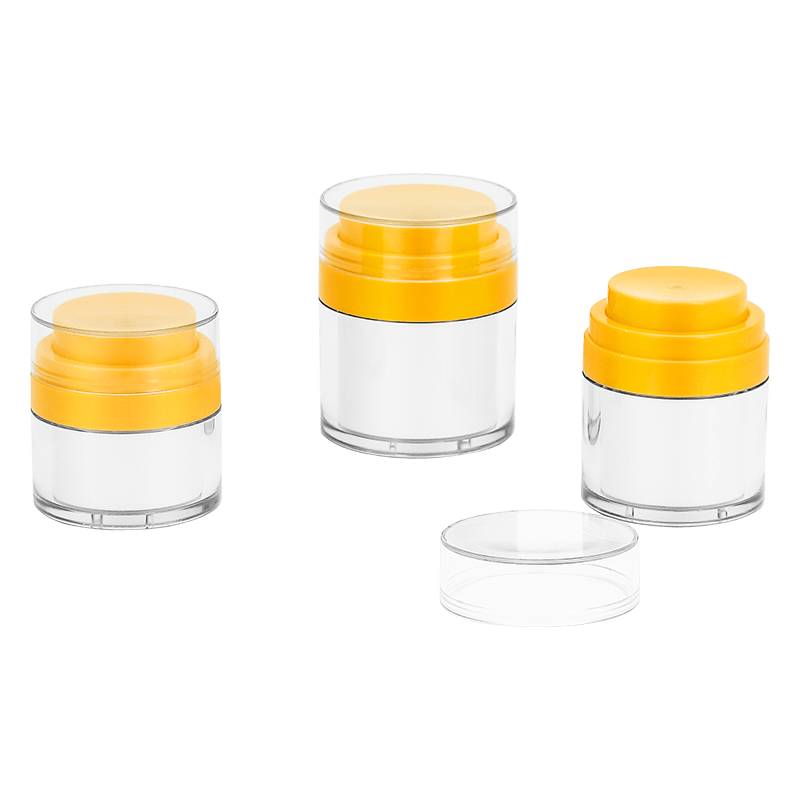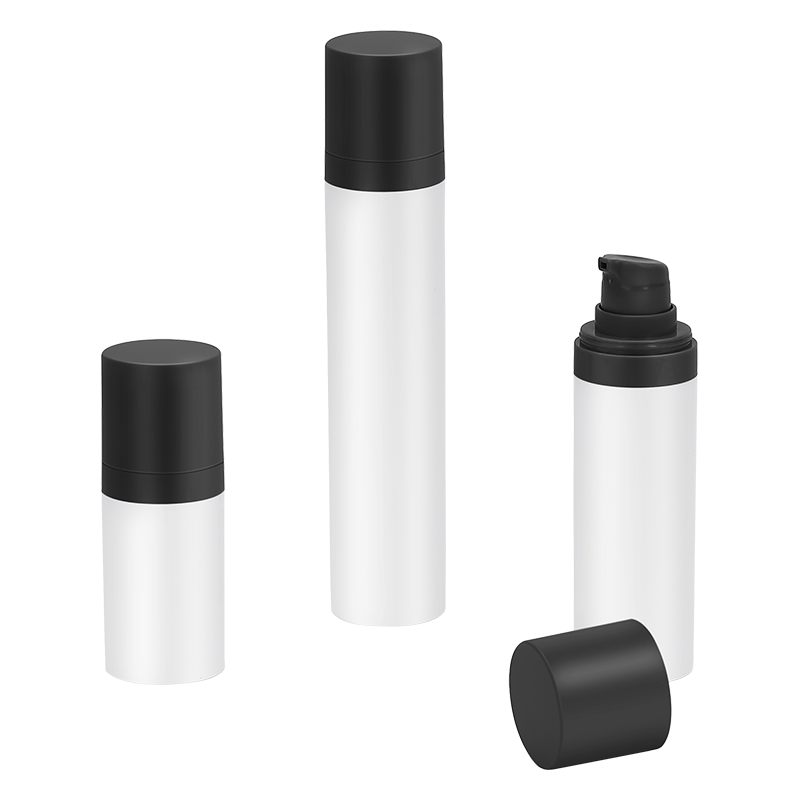Foam trigger sprayers play a vital role in many fields such as cleaning, disinfection and agriculture. Its core function is to convert liquid detergents into foam so that it can cover and clean various surfaces more efficiently. In this process, the design of the nozzle aperture has a significant impact on the quality, stability and application effect of the foam.
Relationship between nozzle aperture and foam particle size
The nozzle aperture refers to the diameter of the nozzle opening, which directly affects the flow rate of the sprayed liquid and the size of the foam particles. Smaller nozzle apertures can generate finer foam particles, which are superior in adhesion and coverage. Small foam particles are more likely to form a uniform covering layer on the surface, thereby enhancing the effect of the detergent. The larger foam surface area enables the fine foam to contact with pollutants such as dirt and grease more effectively, significantly improving the cleaning effect.
Relatively speaking, although a larger nozzle aperture can increase the flow rate, the generated foam particles are relatively coarse, which may lead to insufficient adhesion of the foam on the surface. This coarse foam is easy to break quickly during the cleaning process, resulting in the loss of the effective ingredients of the detergent, thereby reducing the cleaning effect. Therefore, the reasonable selection of nozzle aperture is the key to ensuring the quality of the foam.
Relationship between nozzle aperture and foam stability
The stability of foam is one of the key factors affecting its cleaning effect. The size of the nozzle aperture directly affects the speed and stability of foam formation. Smaller apertures usually produce more uniform liquid distribution, making the foam more stable when it is generated. Stable foam can stay on the surface longer, thereby extending the action time of the detergent and further improving the cleaning effect.
In addition, the stability of the foam is also affected by the nozzle design. The smoothness, shape and fluid dynamics of the nozzle inner wall will affect the foam generation process. Reasonable aperture design can reduce the turbulence of the liquid in the nozzle and reduce the risk of foam bursting, thereby improving the stability of the foam.
Relationship between nozzle aperture and flow control
The size of the nozzle aperture directly affects the control of the flow rate. Smaller nozzle apertures can achieve more precise flow control and are suitable for occasions that require meticulous cleaning. For example, in the fields of car beauty and precision equipment cleaning, the use of nozzles with smaller apertures can better control the amount of detergent, avoid resource waste and ensure cleaning results.
In contrast, larger nozzle apertures are more suitable for large-area cleaning tasks, such as floor cleaning or cleaning of large equipment. In these cases, a larger flow rate can quickly cover a wide range of surfaces and improve work efficiency. However, when using a larger aperture, attention should still be paid to the quality and stability of the foam to avoid poor foaming effects due to excessive flow.
Consideration of nozzle aperture and chemical compatibility
Different types of cleaning agents exhibit different foam properties in their interaction with water and air. Therefore, the selection of nozzle aperture must take into account the physicochemical properties of the chemical used. For example, some high-viscosity cleaning agents may require a larger nozzle aperture to spray smoothly, while low-viscosity cleaning agents can generate fine foam through a smaller aperture.

 中文简体
中文简体 English
English русский
русский